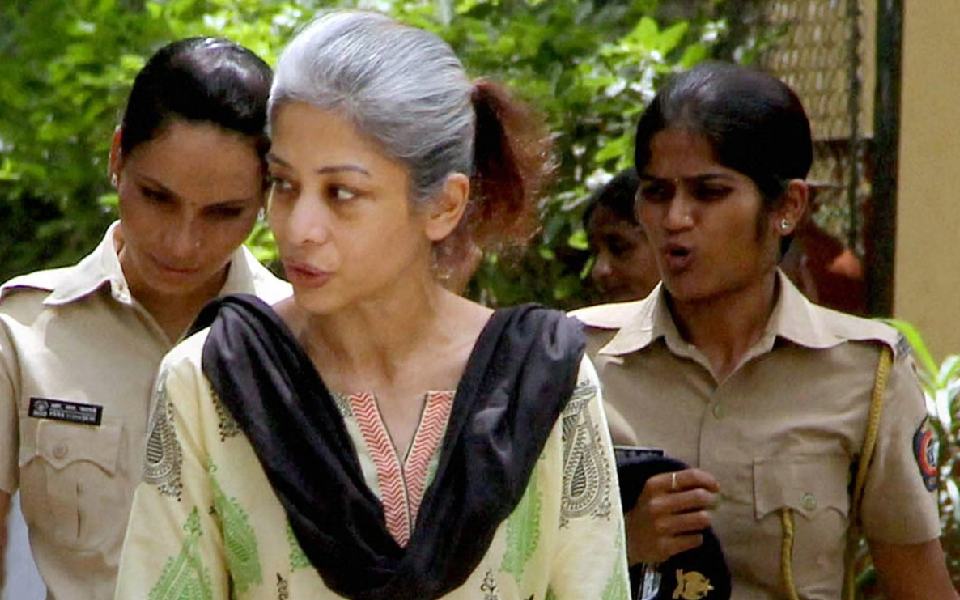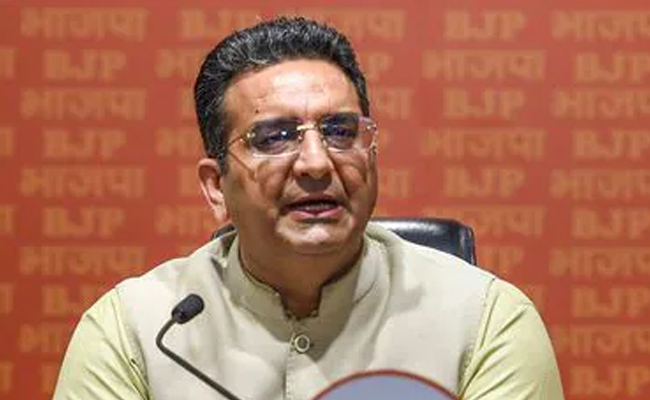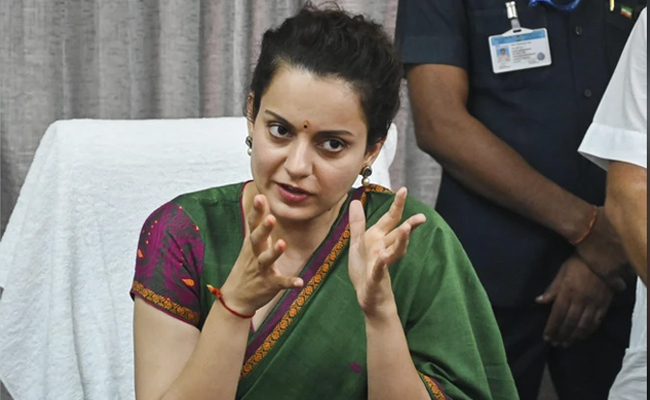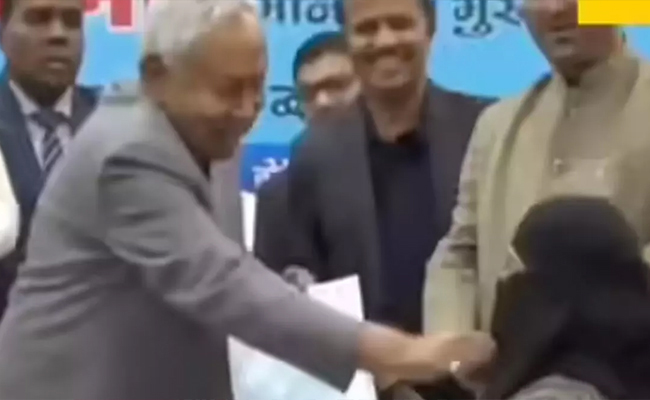Mumbai, Jul 19: A special CBI court in Mumbai on Friday permitted out on bail former media executive Indrani Mukerjea, accused of killing her daughter Sheena Bora in 2012, to travel to Europe but laid down some conditions.
The court allowed Indrani Mukerjea to travel once to Europe (Spain and United Kingdom) for ten days between intermittent period for the next three months.
During her travel, she has to attend the office of the Indian Embassy or its allied diplomatic mission offices there at least once during her visit and obtain an attendance certificate, said the court.
The court also directed Indrani Mukerjea to furnish a security deposit of Rs 2 lakh.
Last month, the former media executive filed an application in the court seeking nod for overseas visit, claiming she needs to travel to Europe frequently for work.
Indrani Mukerjea was arrested in August 2015 after the murder came to light and walked out of jail in May 2022 on being granted bail by the Supreme Court.
Bora (24) was allegedly strangled to death in a car by Indrani Mukerjea, her then-driver Shyamvar Rai and former husband Sanjeev Khanna in April 2012 in Mumbai. Her body was then burnt in a forest in the neighbouring Raigad district, as per the prosecution.
Bora was Indrani Mukerjea's daughter from a previous relationship.
The killing came to light only in 2015 when Rai revealed about it during interrogation by police after his arrest in a separate Arms Act case.
Former media baron Peter Mukerjea, ex-husband of Indrani Mukerjea, was also arrested for allegedly being a part of the conspiracy linked to the murder.
All the accused are currently out on bail.
The Central Bureau of Investigation (CBI) probed the Bora murder case.
Let the Truth be known. If you read VB and like VB, please be a VB Supporter and Help us deliver the Truth to one and all.
New Delhi (PTI): The BJP on Wednesday accused the Congress of running misleading propaganda over the trial court's decision in the National Herald case and said the court refused to take cognisance of the complaint but did not set aside the case.
The case is still pending trial in the Delhi High Court, and the trial court in its order on Tuesday said that the Enforcement Directorate (ED) can continue its investigation, BJP national spokesperson Gaurav Bhatia asserted.
"The court yesterday (Tuesday) said that since it is a private complaint and no FIR has been lodged, it will not take cognizance of it. It's a technical matter. The court also said that ED can continue its investigation further. The court did not set it aside," Bhatia told a press conference at the BJP headquarters here
"Its trial is still going on. Sonia Gandhi is still Accused Number-1 and Rahul Gandhi Accused Number-2," the BJP spokesperson said, alleging, "The Gandhi family thrives on deceit, deception, and propaganda."





